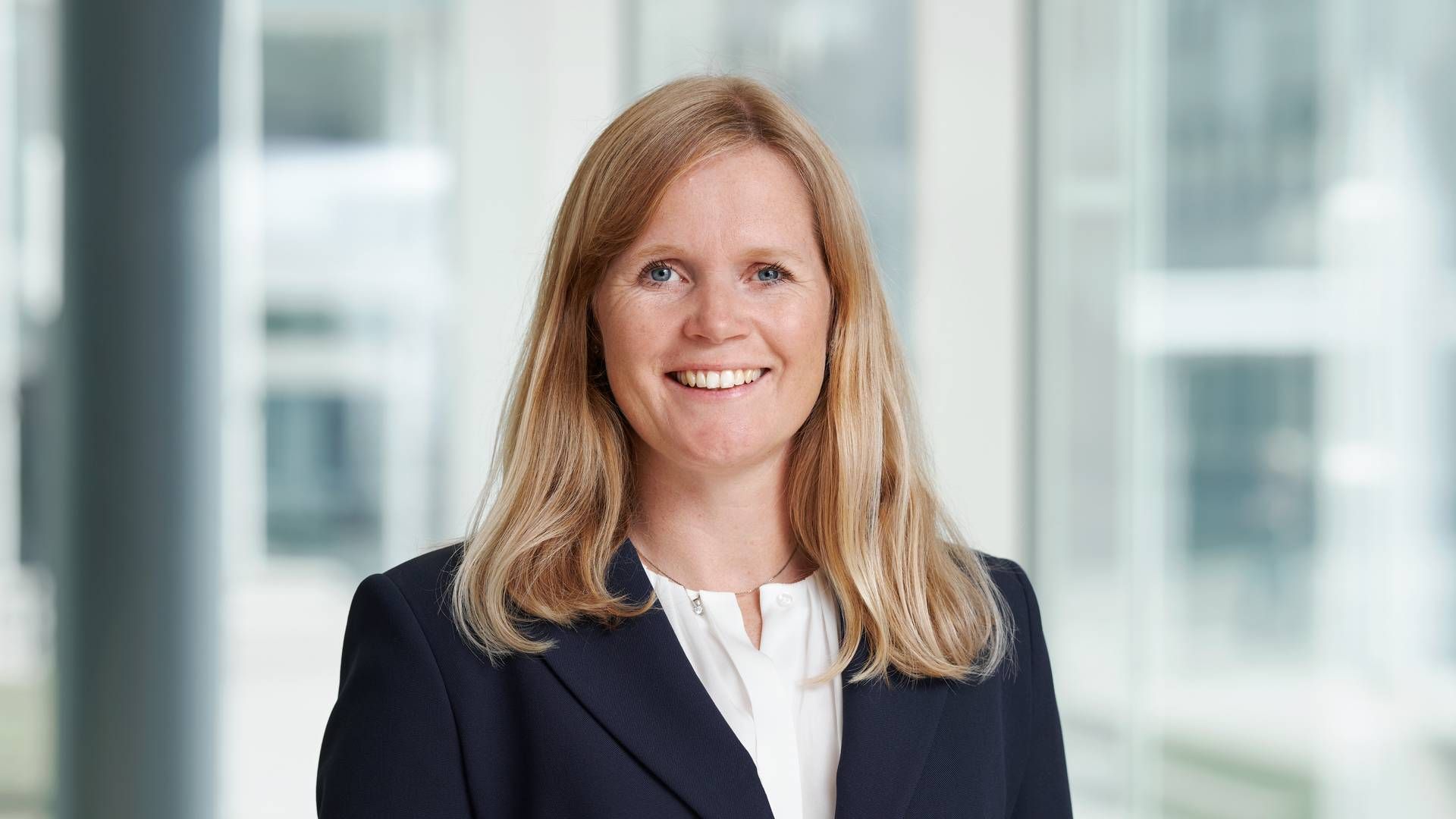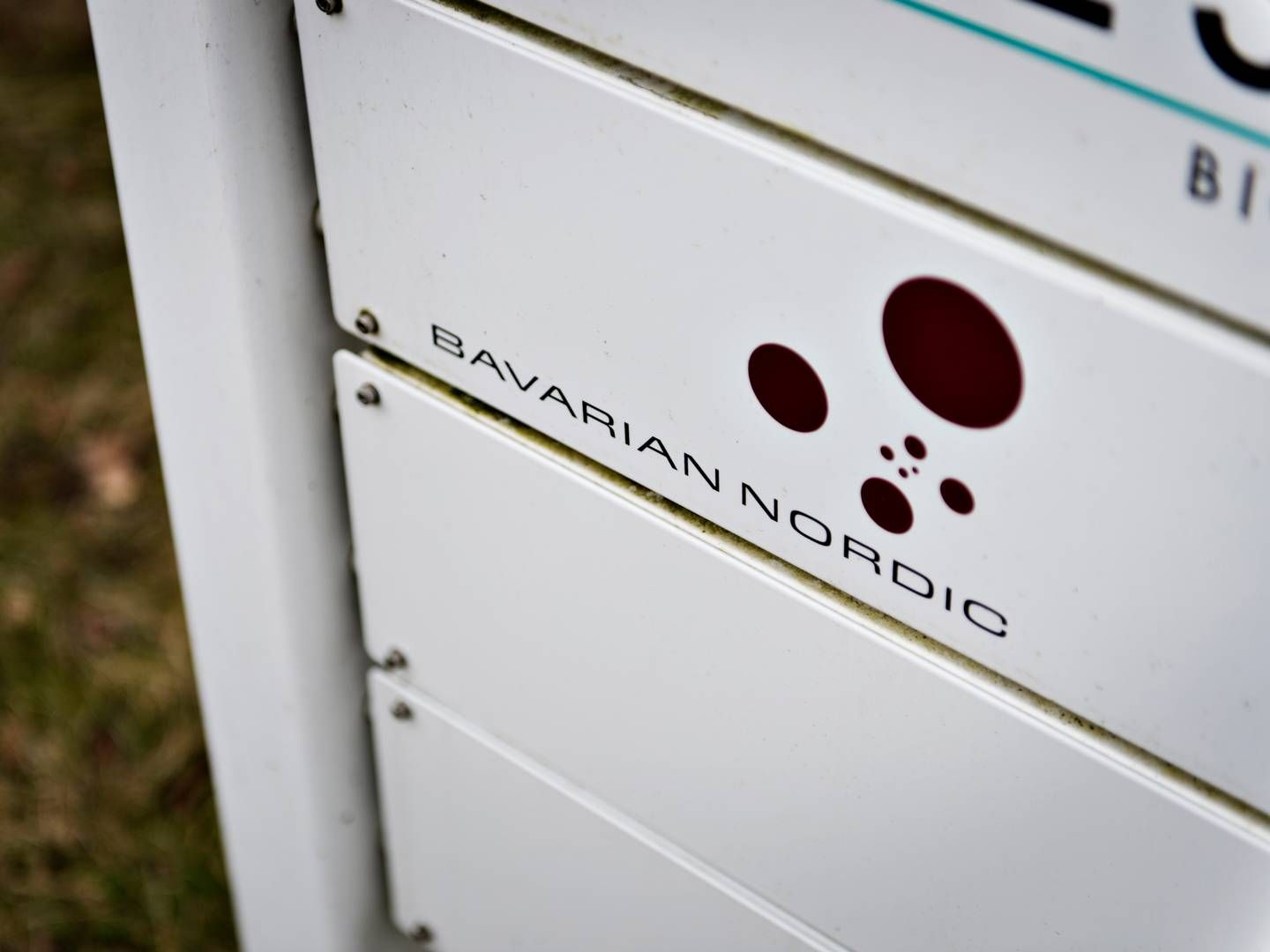Statkraft chief: Financial management is more important than growth

In connection with the presentation of Statkraft’s results, new CEO Birgitte Ringstad Vartdal made it clear that the company is preparing to handle a period of great uncertainty about future electricity prices.
”I will sharpen our portfolio,” Vartdal said at a press conference in connection with the presentation of the results.
At the same time, Statkraft is implementing its investments as planned and will spend NOK 32bn (EUR 2.7bn) this year. This is a record high, but it must not exceed the profitability requirements the company has set itself.
Focus on profitable growth
”Financial management is more important than growth. We always focus on profitable growth,” says Vartdal.
After the presentation of the results, EnergyWatch Norway interviewed the CEO. We took the opportunity to ask if Statkraft is preparing for a turbulent period in the energy market ahead.
”I think we all need to be prepared for a more volatile, geopolitical market picture. We see a lot of gas available on the continent. It’s been a warm winter, there’s been a drop in consumption on the continent, and maybe especially in German industry. This has resulted in good availability of gas after the last two years, and these are some of the main drivers for the lower market prices we see going forward,” says Vartdal to EnergyWatch Norway.
Does this mean that the energy crisis in Europe with extremely high electricity prices is now behind us, and that it’s now a turbulent time with uncertainty about price levels for electricity producers?
”It’s back to a more normalized level,” says Vartdal.
However, even though prices are now lower and have been on the way down, it’s not quite normal. This is also reflected in the Statkraft CEO’s plans to make the energy group more flexible, with more divestments of developed projects, sales of district heating and divestments in the charging and biofuel businesses.
The goal is to free up capital and leverage the flexibility of the organization so that Statkraft can grow rapidly in renewable energy.
”We are preparing for a normalized level of volatility. If you look at the continent, they are also developing more renewable energy at a fast pace, both wind and solar, and that will contribute to volatility in the market,” says Vartdal.
Offshore wind barely mentioned
In the rest of the energy industry, offshore wind power is receiving a lot of attention, both here in Norway and in the rest of Europe. But offshore wind was almost completely absent from Statkraft’s quarterly presentation.
EnergyWatch Norway points out that Statkraft’s CEO was appointed while the Sørlige Nordsjø II auction was underway and asks if it is a coincidence that Statkraft now makes almost no mention of offshore wind.
”It’s a reflection of the fact that there have been no new milestones this quarter. We are working on our Irish project to get it ready for an investment decision. We are still working on Utsira Nord and we are eagerly awaiting more information on the timeline and activity there. We are also working on our Swedish projects, and we are also in the early stages of some projects in the UK,” says Vartdal.
Statkraft is staying away from the large offshore wind tender in Denmark, where a total of 6GW will be tendered across six offshore wind farms.
”We choose to focus on the markets we are in. Statkraft has no activity in Denmark,” says Vartdal.
In previous quarterly presentations, Statkraft has talked a lot about repowering. This involves buying older onshore wind farms in order to apply for new licenses and replace old turbines with new and more efficient ones.
”We mainly work with this in the projects we have acquired in Germany, which are older wind farms that are now ready to develop new ones. We are continuously developing these projects. We are also working on repowering some older wind farms in Norway, such as Smøla,” says Vartdal.
Believes hydrogen will take longer
Another energy topic that was conspicuous by its absence in the Statkraft CEO’s presentation was hydrogen.
Green hydrogen, produced through electrolysis with electricity generation from renewable energy sources such as wind and solar power, is highlighted as an important part of the green transition. It is expected to be one of the pillars of a future electricity system that will have to be able to handle large variations in production due to the increased importance of wind and solar power.
Virtually all long-term market analyses highlight green hydrogen as a solution both on the consumption side and to some extent also on the production side. The idea is to produce green hydrogen when electricity prices are low, thus avoiding too many zero price hours or hours with negative electricity prices. On the production side, it is also highlighted as an important energy source when there are prolonged periods of low solar and wind energy.
However, there is still a small production capacity and the price has not yet reached a sustainable level. This is reflected in the fact that green hydrogen production in Norway can now be subsidized by up to 80% of the price. There are also major challenges associated with the transportation of hydrogen, and in Denmark there is now great tension over the financing of a hydrogen pipeline.
The Statkraft CEO has taken note of this, but still believes that hydrogen will be important.
”We still believe that hydrogen will come, but that it will take longer. And that has to do with the cost development, but also with implementation and realization,” Vartdal tells EnergyWatch.
She adds that Statkraft considers both green and blue hydrogen to be important for the energy market.
”We believe that green hydrogen will fit some conditions, preferably with local production and demand. Then you have blue hydrogen, which will be more suitable for pipelines and export,” says Vartdal.
Blue hydrogen is hydrogen produced from gas in combination with carbon capture and storage.
Translated using DeepL with additional editing by Kristoffer Grønbæk






















.jpg&w=384&q=75)
